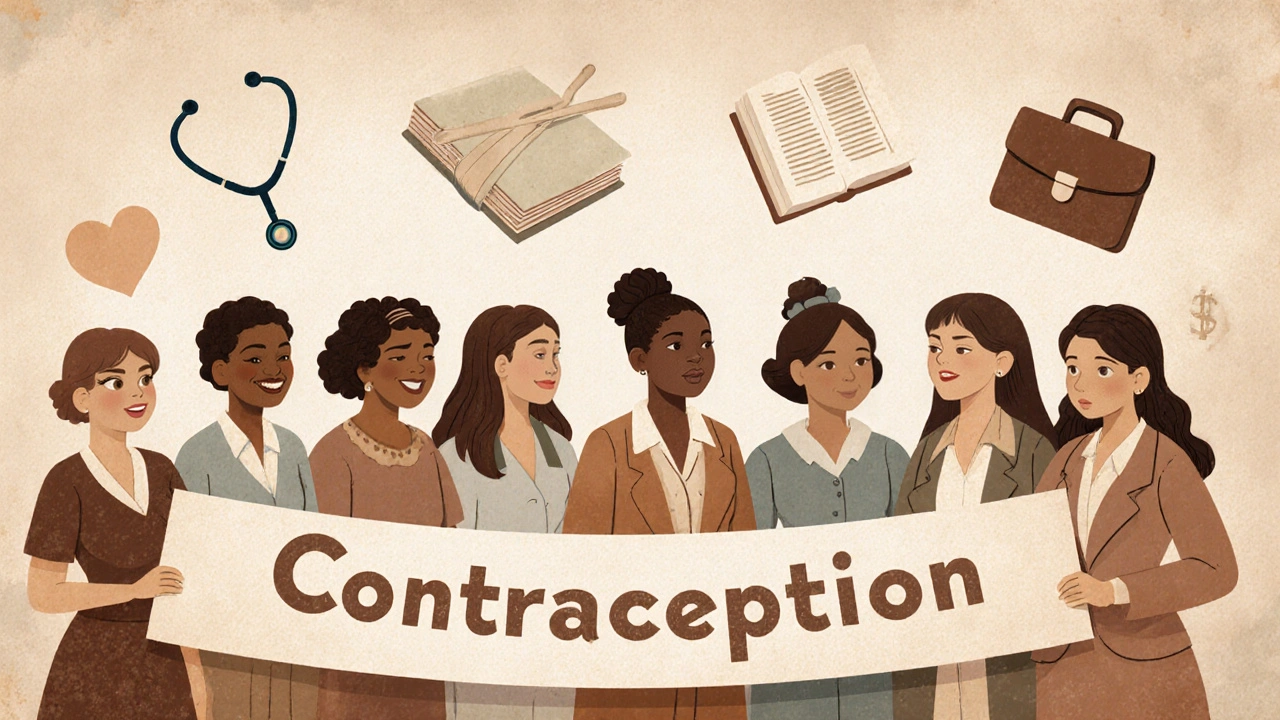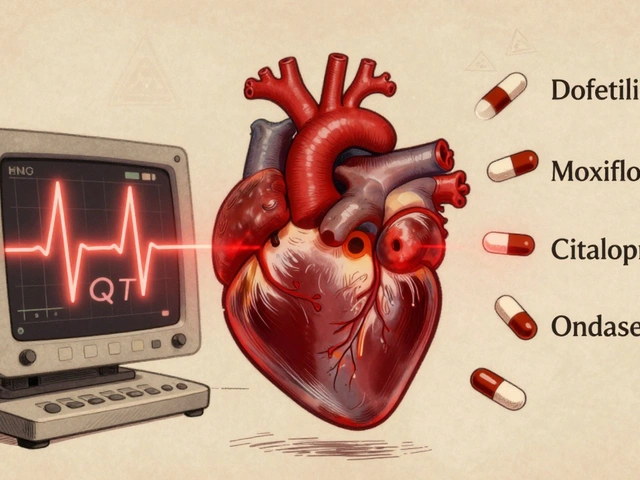Womens Health: Practical Tips for Contraception and Care
Women juggle more health tasks than most people realize. Regular checkups, birth control choices, pelvic symptoms, and mood changes all matter. This page focuses on clear, practical steps you can take today to feel more in control of your body and your care.
When switching hormonal contraceptives, like ethinyl estradiol pills, talk to your clinician first. Bring your current pack, note any side effects, and say what you want from a new method - lighter bleeding, fewer mood swings, or less acne. Your provider will suggest the safest timing and a transition plan.
Start the new pill as recommended: some switches require starting immediately after the old pack, others after a hormone-free interval. If you miss instructions, use condoms for seven days or follow emergency guidance from your clinician. Keep a symptom diary for the first three cycles so you can spot patterns quickly.
Watch for common side effects: nausea, breast tenderness, spotting, changes in mood, and headaches. Most settle within two to three months. If you get severe leg pain, chest pain, sudden vision changes, or very bad headaches, seek emergency care - those can be signs of serious blood clots or stroke.
Don't ignore other women's health basics. Schedule cervical screening per local advice, get regular breast checks, and talk about bone health if you have early menopause or long-term hormonal suppression. Simple choices like quitting smoking, staying active, and keeping a healthy weight lower risk across the board.
Hormone-free methods and IUDs are options if hormones cause trouble. Copper IUDs avoid hormones entirely and work for many who need reliable long-term contraception. Discuss side effects and removal timing so you know what to expect.
Mental health ties into physical health. If mood shifts occur after changing birth control, track sleep, stress, and mood each week. A short talk with your provider or counselor can help decide whether the pill is the cause or if other life factors are behind it.
Supplements can support women's health when chosen right. Vitamin D and calcium help bone health; folic acid matters if you might get pregnant; omega-3s can help mood and inflammation. Tell your clinician about everything you take so supplements don't interact with medications.
Make an annual plan: list screenings, vaccine checks, and any contraception reviews. Bring questions to appointments - ask about pros and cons, side effect timing, and what to do if you miss doses. Keep a trusted app or a pill pack alarm to stay consistent.
If you want a quick read on switching ethinyl estradiol pills, check the linked post below. It gives step-by-step timing, what to watch for, and how to avoid gaps in protection. If anything feels off, call your clinic sooner rather than later.
Your body changes over time. Revisit choices after major life events: after pregnancy, with new medications, or if you stop smoking. Keeping simple records makes healthcare conversations faster and more useful. Ask for written instructions when switching methods and follow-up.

Safe Migraine Treatments During Pregnancy and Lactation: What Works Without Risk
Learn safe migraine treatments during pregnancy and breastfeeding, including proven medications like acetaminophen and sumatriptan, non-drug options like magnesium and Cefaly, and what to avoid. Evidence-based guidance for moms.
Read More
Menopause and Hormone Therapy: What You Need to Know About Benefits and Risks
Menopause hormone therapy can relieve hot flashes and protect bone health-but only if used correctly. Learn who benefits, who should avoid it, and how to choose the safest option based on current guidelines.
Read More
Postpartum Anxiety: Recognizing Symptoms, Screening Tools, and Effective Care Paths
Postpartum anxiety affects 1 in 5 new mothers and is often missed. Learn the real symptoms, how screening works, and evidence-based treatment paths - from therapy to medication - that actually help.
Read More
Global Contraception Access & Affordability: Facts, Challenges, and Solutions
Explore the global gaps in contraception access, why affordability matters, and proven strategies that improve reproductive health worldwide.
Read More
Essential Oils for Menopause Relief: Aromatherapy Guide
Discover how aromatherapy can ease hot flashes, sleep issues, and mood swings during menopause with safe essential oil blends and practical usage tips.
Read More
How to safely switch from one ethinyl estradiol-based contraceptive to another
In my latest blog post, I discuss the process of safely switching from one ethinyl estradiol-based contraceptive to another. The key steps include consulting with your healthcare provider, understanding the differences between the new and old contraceptives, and following a specific transition plan. It's important to maintain consistent contraception during the change to prevent unintended pregnancies. Additionally, monitoring any side effects and keeping an open line of communication with your doctor is crucial for a smooth transition.
Read More




